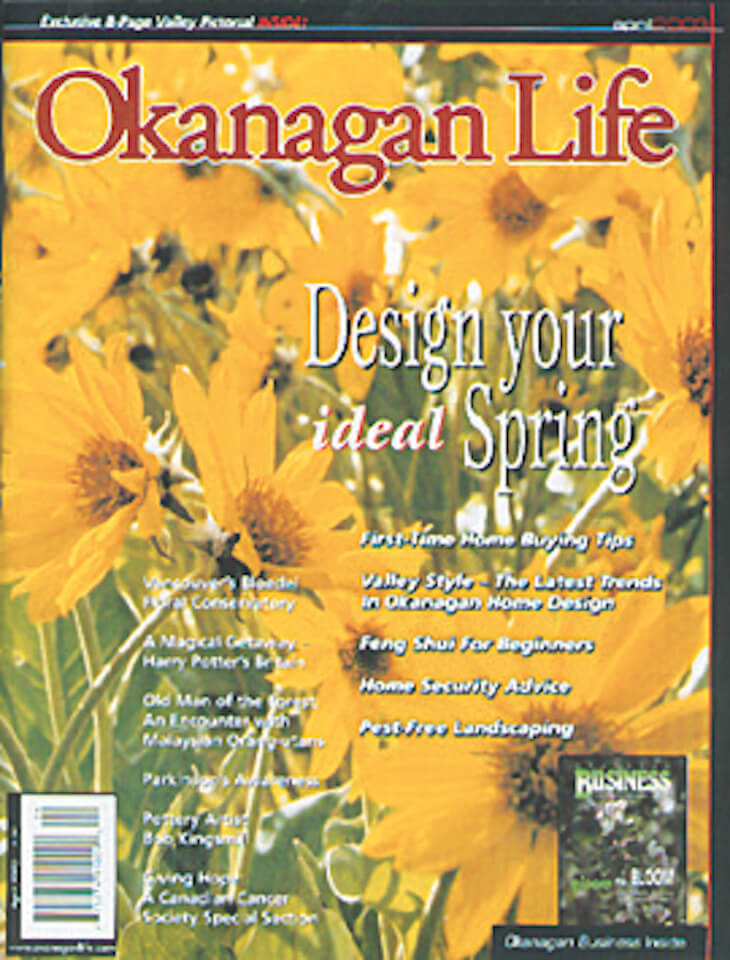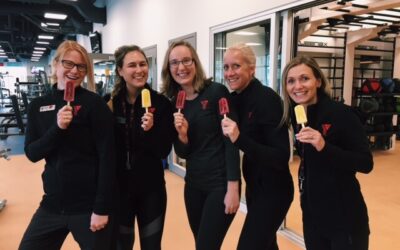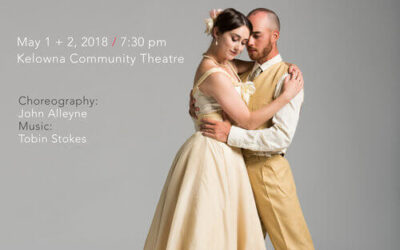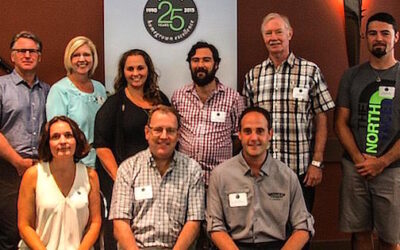So, for the new food and wine lover, here is my four-step guideline to wine appreciation.

By Dennis Dwernychuk

Mia Papodopoulos tasting at the Okanagan Life wine awards in 2016
Times are a changing! What does it tell you when the world’s largest fast food company experiences it’s first revenue loss. Perhaps North Americans are fed up (no pun intended) with animal fat-soaked artificial beef and chicken parts. We are slowly but surely taking on the health conscious Mediterranean diet; olive oil instead of butter, garlic, Provençal herbs, fresh fruit and vegetables, lean meats, and an exponential demand for red wine. More and more consumers are appreciating the satisfaction of preparing healthy meals accompanied by a robust glass of wine.
So, for the new food and wine lover, here is my four-step guideline to wine appreciation. This analysis demands an unpretentious attitude; there is no such thing as a wine expert. I have been in the business for more than 25 years, and I haven’t come across an “expert” yet. Every bit of wine knowledge you acquire makes food and wine pairing that much easier. Here goes!
First
Appearance: Make sure you have clean stemware, well rinsed, with a sufficient bowl and tapered top to allow a sample to be swirled without it being ejected onto your neighbour’s white satin dress. Premium glass manufacturers like Reidel and Villroy and Boch have several shapes and sizes for different varietals at a premium price. I have found the classic Bordeaux style to be the best overall glass shape.
Pour only one third of a glass. This will allow you to effectively swirl the wine and release the aroma components up the inside surface. Look for both colour and clarity.
The sample should be free of haze, cloudiness and surface film. Any of these conditions may indicate bacterial spoilage or other defect. Older wines should be stood up in bottle for a few days and decanted prior to serving. I decant all red wines.
Colour is observed at the far meniscus line and the centre of the bowl. Look for intensity, opaqueness, or transparency. White wines gain colour with age, while red wines loose colour with age. White wines change from yellow-greens through golden yellow to yellow-brown while red wines change from purple through purple-red to garnet to red-brown; all a function of natural reductive oxidation.
Second
Aroma: Smell is everything! Most of wine appreciation resides in your nose. Aroma is divided into:
- Primary – characteristics of a particular grape variety. Each grape has an identifiable genetic blueprint predisposing it to a set of specific aromas – Merlot vs. Cabernet Sauvignon vs. Shiraz.
- Secondary – aromas associated with alcoholic fermentation
- Tertiary – also known as bouquet, the essence derived from oak barrel and/or bottle maturation. When nosing a sample, use specific adjectives; cassis, blackberry, pineapple and so on, rather than flowery or fruity. This will develop your ability to distinguish among and between the varietals. Shiraz from British Columbia, Australia, and the Rhone Valley of France will have similar but unique characteristics as a function of soil, micro-
climate, grape growing, and wine making techniques specific to each region.
Third
Taste: Your tongue is divided into four main receptor areas. The front detects sweet, the sides acidity – what many call sour, salt is tasted over the entire surface, and bitter at the back.
That’s it. What you perceive as flavour is a combination of these four areas plus a retro-nasal effect.
Tactile sensations of weight and body are primarily due to the effects of alcohol; increases in the alcohol content increase your perception of sweetness, glycerol, tannin; the drying effect over the entire mouth surface, and residual sugar.
White wines should be “balanced” between the perceptions of sweetness and acidity while red wines are balanced among sweet, acid, and tannin for any given level of flavour perception.
Fourth
Finish: the perceived persistence of flavour after swallowing. This perception should be consistent with the aroma and flavour intensity. The longer the better! A totally balanced wine possesses integration and equivalent intensity between aroma, taste, and finish.
Make notes on the attributes you appreciate in particular wines. Remember wine tasting is subjective, what you appreciate will be different from what I like. The differences are a function of our tasting and smelling experiences throughout our lives. The main thing is to have fun.
Finally, two service tips.
- Chill white wines only one hour prior to serving. Your palate’s ability to perceive detail in wine is a function of molecular size. The colder the sample the more difficult it is to sense the full extent of a white wine’s character.
- Decant all red wines. This will release the aroma and flavour components. I constantly hear people comment that the wine was better when the bottle was almost empty. Removing the cork to let a wine “breathe” is a
fallacy; only the top inch of wine benefits.
Now get out there, gather some friends and do a blind tasting. What a great way to learn about this growing lifestyle. Cheers!
Read more of the original stories celebrated in our 30th-anniversary issue.
Downtown Y open doors to community
The Kelowna Downtown YMCA is hosting a Grand Opening event on September 13. The facility will be open to the public all day, with cake, food and refreshments, giveaways and a chance to win a one-year membership. “We are excited to celebrate with our community,”...
Foreigner on 40th Anniversary Tour
“I Want To Know What Love Is.” “Cold As Ice.” “Hot Blooded.” “Juke Box Hero.” Foreigner, the band behind these and other classic and iconic songs, is turning 40 this year and celebrating with a Canadian tour, 40th Anniversary Album, and new musical; Juke Box Hero....
Ballet Kelowna celebrates 15th season with remembrance and desire
Simone Orlando, Ballet Kelowna’s Artistic Director & CEO, today announced the 2017/18 season, which celebrates the company’s 15th anniversary. “In celebration of the company’s 15th anniversary season, we are presenting three Ballet Kelowna productions at the...
Museum display shows personal side of homelessness
Why are so many people experiencing homelessness in Kelowna? What do people on the street want us to see and understand? Kelowna Museums partnered with Metro Community to create SEE:kelowna, an installation through which people can express their personal experience of...
UBC researchers test new technique to help with concussion diagnosis
Variations in blood flow may be the method to pin down brain trauma Sports-related concussions are a major public health concern and are notoriously difficult to diagnose. But new research from UBC’s Okanagan campus provides a new tool to help test athletes for recent...
Okanagan realtors battle it out on new TV series
Competition in Kelowna's hot real estate market is taking to the screen. The 13-part TV series Seller's Market, produced by Kelowna-based Visland Media, will air this fall on CHEK TV. Seller's Market follows five top Okanagan real estate agents as the battle it out to...









0 Comments